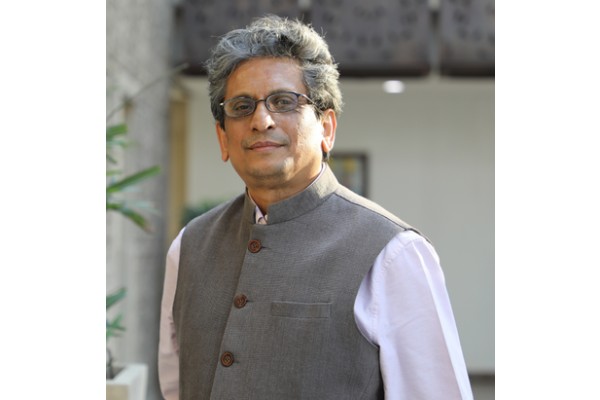More research, foreign faculties & students required to excel in international higher ed rankings: Ashoka University VC
– Mita Mukherjee
Indian universities must maintain student to teacher ratio as per standards maintained in world-class institutions, encourage more foreign teachers, students and hire quality faculties who can focus on research along with teaching in order to compete with world class institutions in international rankings, according to Somak Raychaudhury, vice chancellor of Ashoka University. These are some of the norms that are followed by most higher education institutions across the world, he said.
In addition, he said in order to ensure more institutions feature in world rankings, the universities will have to pay more attention to employment opportunities of students and in sustainability and environmental aspects of campus.
Some institutions like IITs, IISC Bangalore and IISERs in the government sector and private universities like Shiv Nadar University of Eminence and Ashoka University have already adapted to these norms which helped them to score high in the recent QS World University Rankings 2026. Many institutions, particularly in the public sector where these facilities are lacking need to pay attention in these areas, he said.
“In India public universities cannot appoint foreign faculty, there is no rule. So they don’t get any point for this, though it is one of the important parameters in QS Rankings. But public institutions that are tagged as institutes of eminence like the IITs, IISERs, IISC Bangalore can engage foreign faculties. Private universities enjoy the freedom to appoint foreign faculties. But they can induct maximum 10 percent of the faculties from abroad. So these institutions can score high in international ranking like the QS rankings. Though five percent weightage is given for this criterion,” Raychaudhury told EducationWorld.
However, he said the main weightage is given on maintaining student to faculty ratio. In public universities, student to teacher ratio is around 20: 1 in most cases. Some new private institutions maintain student teacher ratio of 11:1 and 10: 1 which make them internationally competitive and therefore these institutions have scored high in the recent QS World Rankings 2026.
In its best-ever performance in the QS World University Rankings 2026, a total of 54 Indian institutions featured in the list of top 1500 institutions for the first time. In 2015 only 11 universities had found a position in the rankings.
Apart from student diversity and foreign faculty, another important parameter in international rankings is citations and research papers count and international research network maintained by institutions.
“The number of research faculties in institutions like IITs and JNU are more and so they score high. Research is compulsory for every faculty in new private universities and this is why some of these universities have figured more in the QS 2026 rankings,” Raychaudhury said.
Some universities have been able to score high in fulfilling the requirements in maintaining campus sustainability and ensuring student placements.
In the 2026 QS ranking, the highest rank went to IIT Delhi. It ranked 123rd globally up from 150th in 2025. As many as 12 Indian Institutes of Technology (IIT)s featured in the list. IIT Madras secured 180th rank rising from 227th in 2025.
Also read: Panel warns of teacher shortage and NCTE staff vacancies
















Add comment